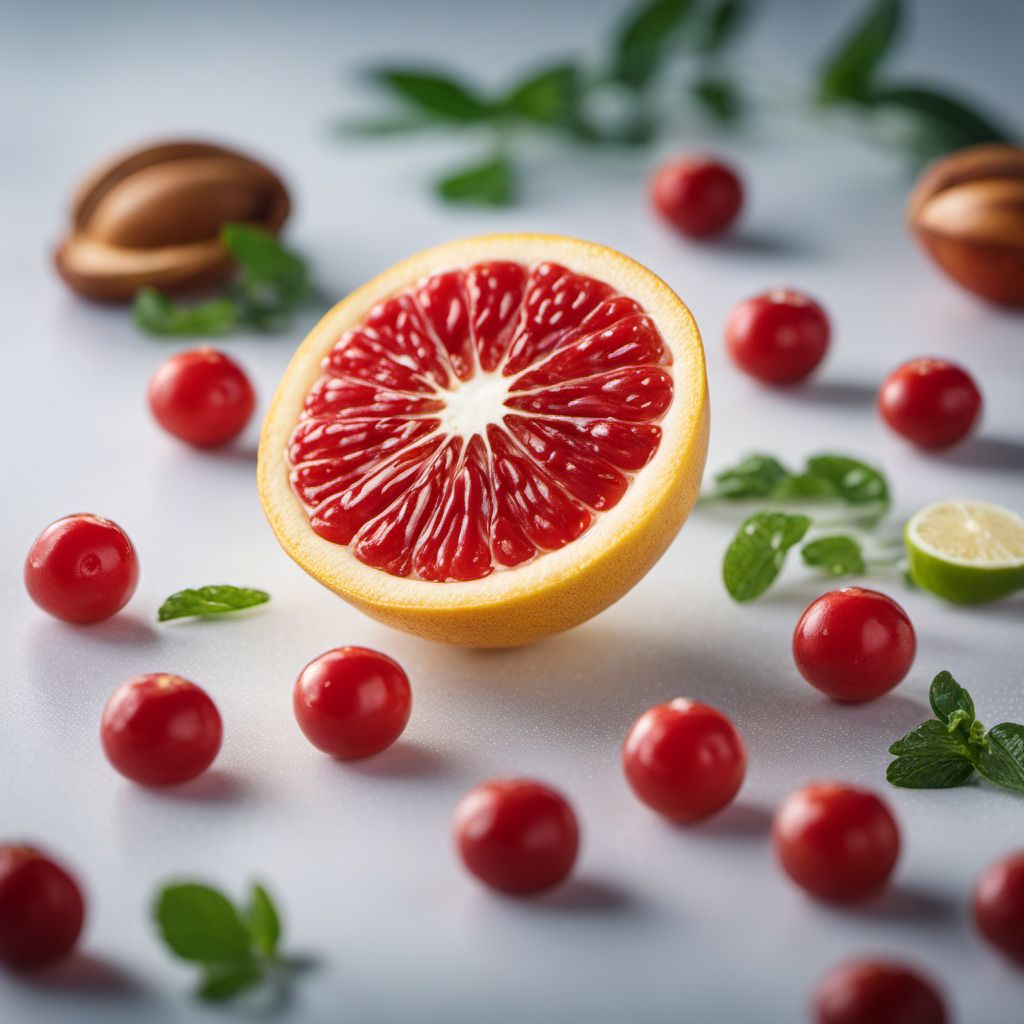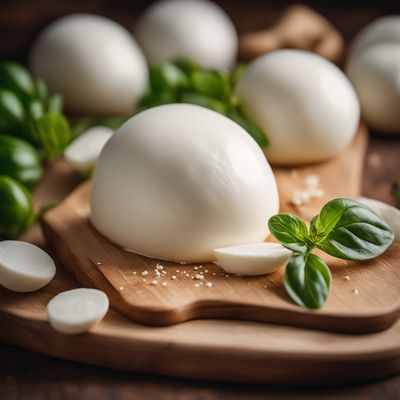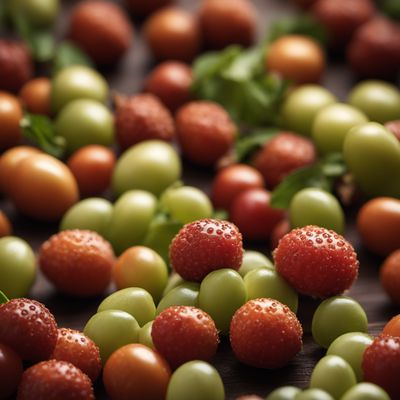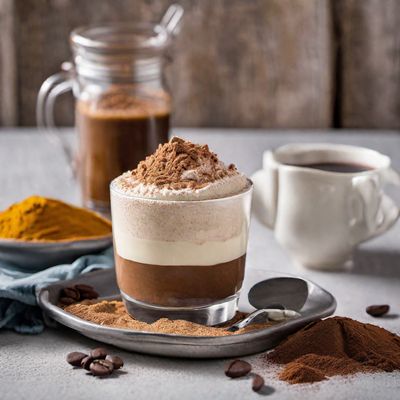
Ingredient
Mascarpone
The Creamy Indulgence: Mascarpone
Mascarpone is a soft and creamy Italian cheese that is known for its rich and velvety texture. It has a mild and slightly sweet flavor, with a subtle tanginess. The cheese is ivory or pale yellow in color, with a smooth and spreadable consistency.
Origins and history
Mascarpone cheese originated in the Lombardy region of Northern Italy, specifically in the city of Lodi. It has been produced since the late 16th century and is traditionally made from the cream of cow's milk. Mascarpone is a key ingredient in many Italian desserts, such as tiramisu, and is also used in savory dishes like pasta sauces and risottos.
Nutritional information
Mascarpone is a high-fat cheese that is rich in calories and saturated fats. It is also a good source of calcium and protein. A 1-ounce serving of mascarpone contains approximately 120 calories and 13 grams of fat.
Allergens
Mascarpone is a dairy product and may not be suitable for individuals with lactose intolerance or dairy allergies. It is important to check for any specific allergens or sensitivities before consuming mascarpone.
How to select
When selecting mascarpone, look for a brand that uses high-quality ingredients and follows traditional production methods. The cheese should have a creamy and smooth consistency without any lumps or graininess. It is best to choose mascarpone that is fresh and has a relatively short shelf life to ensure optimal quality.
Storage recommendations
To maintain the freshness and quality of mascarpone, it should be stored in the refrigerator at a temperature of 32-38°F (0-3°C). It is recommended to consume mascarpone within 1-2 weeks of purchase for optimal flavor and texture. Once opened, it should be tightly sealed to prevent moisture loss and contamination.
How to produce
Mascarpone cheese is typically produced by curdling cream with an acid, such as lemon juice or vinegar, and then straining the mixture to remove the whey. The resulting curds are then blended until smooth and creamy. While it is possible to make mascarpone at home, it requires precise temperature control and specialized equipment.
Preparation tips
Mascarpone is a versatile ingredient that can be used in both sweet and savory dishes. It is commonly used in desserts such as tiramisu, cheesecakes, and fruit tarts. Mascarpone can also be incorporated into pasta sauces, risottos, and creamy soups to add richness and depth of flavor.
Culinary uses
Mascarpone is widely used in Italian cuisine, particularly in desserts. It is a key ingredient in classic Italian desserts such as tiramisu, where it is layered with coffee-soaked ladyfingers and cocoa powder. Mascarpone is also used in other desserts like cheesecakes, panna cotta, and cannoli fillings. In savory dishes, it is often added to pasta sauces, risottos, and creamy soups to create a luscious and velvety texture.
Availability
Mascarpone is commonly available in Italy and other European countries. It can also be found in specialty cheese shops or gourmet food stores in other regions. Mascarpone is widely used in Italian cuisine and is readily accessible in many parts of the world.
More ingredients from this category » Browse all

Mozzarella
The Melting Delight

Cheese, boilie
Savory Delight: Boilie Cheese

Skyr
The Icelandic Superfood

Cheese, crescenza
Creamy Delight: Unveiling the Allure of Crescenza Cheese

Cheese, urda
The Creamy Delight: Exploring the World of Urda Cheese

Cheese, chevre frais
Fresh and Tangy Goat's Cheese

Cream cheese
Velvety Delight: Exploring the World of Cream Cheese

Quark
Creamy Delight: Unveiling the Versatility of Quark

Cheese, juustoleipa
Finnish Delight: Juustoleipa - The Grilled Cheese of Scandinavia

Cheese, triple creme
Decadent Delights: Exploring Triple Creme Cheese

Clotted cream
The Creamy Indulgence

Ricotta
Velvety Italian Curds
Recipes using Mascarpone » Browse all

Japanese Matcha Tiramisù
Matcha Delight: A Japanese Twist on Tiramisù

Creamy Mascarpone Guinea Fowl
Savory Delight: Creamy Mascarpone Guinea Fowl

Creamy Mascarpone Pasta
Velvety Delight: Creamy Mascarpone Pasta

Hungarian Tiramisù
Magyar Dreamy Delight: Hungarian Tiramisù

Soulful Tiramisù
Soulful Tiramisù: A Sweet Symphony of Flavors

Peruvian Tiramisù
Inca-inspired Tiramisù: A Fusion of Italian and Peruvian Flavors

Indo-inspired Tiramisù
Spiced Chai Tiramisù: A Fusion of Italian and Indo Flavors

Kaiyaki-misu with a Caribbean Twist
Tropical Delight: Coconut Kaiyaki-misu

Ohridska Delight
Macedonian Lakeside Cake: A Sweet Symphony of Flavors

Corsican-style Tsotskhali with Herbed Polenta
Mediterranean Delight: Corsican-style Tsotskhali with Fragrant Herbed Polenta

Bavarian Tiramisù
Bavarian Dream Delight

Cuban Tiramisù
Havana Delight: Cuban Tiramisù with a Tropical Twist